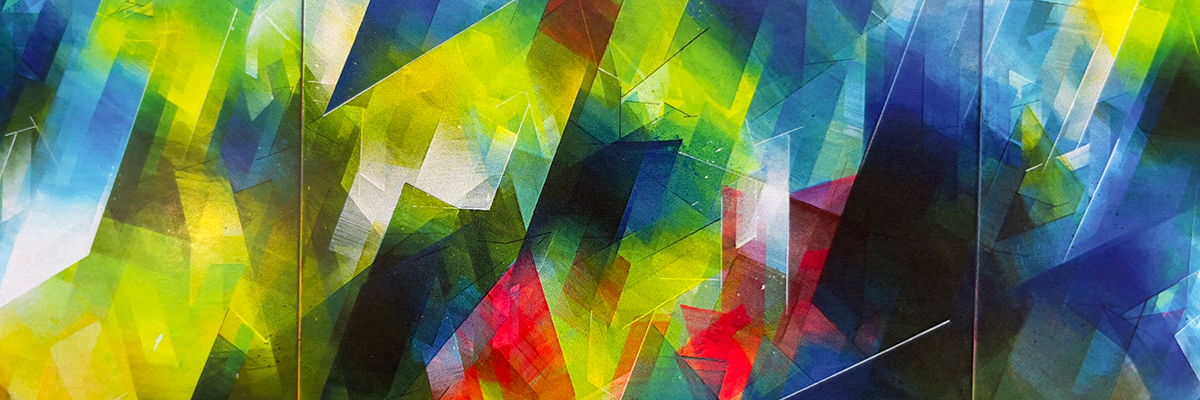Spring Line
2007 - Installation (Installation)
Variable dimension
Joe Scanlan
Spring Line is a piece shown for the first time in his solo exhibition at the Institut d’Art Contemporain in Villeurbanne in 2007. It pays homage to the work of the famous conceptual artist Sol LeWitt, who had died on 8 April that year. Scanlan aims to guide the spectator to gage the level of influence Sol LeWitt has had on his work with regards the conversion of potential ideas into sculpture. Forsythia stems, a theme in his work of the last 7 years, are seen as concrete drawings where each stem is a line in space and each flower a mark. Taking the concept of Sol LeWitt’s instructions in which the artwork exists first as an idea before realization, Spring Line applies the same principle by which an artwork exists first of all as a mobile box prior to installation. The way in which the drawings are exhibited in space can vary: in Villeurbanne they were dispersed, during the Armory Show the stems all stayed in the box, in Amsterdam only 5 drawings were created, the other stems stayed in the box. Thus Spring Line is a variable image which is adaptable to any space and reinvented each time. The forsythia motif resonates with this idea, since it is a flower that renews itself constantly in the cycle of seasons – eternal and forever new.
Joe Scanlan became known in the 1990s due to his very particular appropriation of Conceptual art, exploiting two main registers: display on one hand, designating the artwork as a consumable product, DIY on the other, advocating the mobility and adaptability of objects, even their reversibility depending on contexts and usages. Scanlan’s work turns out to be reversible. A shelf can appear to be a minimal construction and be used as a shelf, as implied by functional logic. The technical simplicity of Scanlan’s realizations purposely leaning towards low-tech, with subsidiary possibilities for most of them to be de-installed and stored with no difficulty, convey something practical (art can be concretely useful) and aesthetic (each one of the artist’s creations carries a specific function but also has its own plastic qualities) in the work. Thus Joe Scanlan’s practice involves strategies that question the market and the value of a work of art. Extremely surprised by the attitude of students who are already wooed by galleries while they are still training, he invents Donnelle Woolford, a fictional artist he launches in the art world (with exhibitions, press articles, CV, facebook page, etc.). Beyond the conceptual aspect of his work, his approach focuses on the ephemeral nature of things, objects, lives. The artist’s recent research, into the production of snowflakes or reconstituted forsythias, reveal his constant interest in what is transitory or ephemeral. This poetic tendency is becoming more and more present in Scanlan’s work which always combines critical and independent standpoints.
Colors:
Related works sharing similar palette
» see more

© » ARTS EQUATOR
Veteran Artists Team Up with Younger Generation at ‘Wild Eye’ Exhibition (via The Irrawady) | ArtsEquator Thinking and Talking about Arts and Culture in Southeast Asia Articles September 12, 2018 YANGON — Veteran modernists and younger generations have teamed up to exhibit their works together in Yangon...

© » THEARTNEWSPER
Under the bonnet: €300,000 Ferrari-funded restoration completed on 13th-century Cimabue fresco Art market Museums & heritage Exhibitions Books Podcasts Columns Technology Adventures with Van Gogh Search Search Conservation news Under the bonnet: €300,000 Ferrari-funded restoration completed on 13th-century Cimabue fresco Maestà di Assisi, located in the saint's home town, which survived a deadly earthquake in 1997, has been returned to its original luminosity James Imam 8 February 2024 Share Cimabue’s Madonna Enthroned with the Child, Four Angels and St Francis underwent two previous restorations: in the late 19th century and again in 1973 Tecnireco A fading fresco by the 13th-century artist Cimabue that survived a deadly earthquake 25 years ago has been returned to its original splendour following a €300,000 restoration funded by the luxury car manufacturer Ferrari...
Related artist(s) to: Joe Scanlan » Liam Gillick, » Rirkrit Tiravanija, » Jimmie Durham, » Jonathan Monk, » Anton Vidokle, » Jan Verwoert, » Lawrence Weiner, » Nico Dockx, » Anders Kreuger, » Andrea Wiarda
» see more

© » KADIST
Anton Vidokle
2020Shot in Oliveto Lucano, a village in the south of Italy, AUTOTROFIA (meaning self-eating) by artist Anton Vidokle is a cinéma vérité style film that slides fictive characters into real situations, and vice-versa, to draw a prolonged meditation on the cycle of life, seasonal renewal, and ecological awareness...

© » KADIST
Jonathan Monk
2003Untitled (rolled up) , is an abstract portrait of Owen Monk, the artist’s father and features an aluminum ring of 56.6 cm in diameter measuring 1.77 cm in circumference, the size of his father...
Related works found in the same semantic group
» see more

© » KADIST
John Houck
2013John Houck’s brown- , sienna- and golden-toned composition, Untitled #185, 65, 535 combinations of a 2×2 grid, 16 colors , features densely packed lines of color moving diagonally across the creased page...







